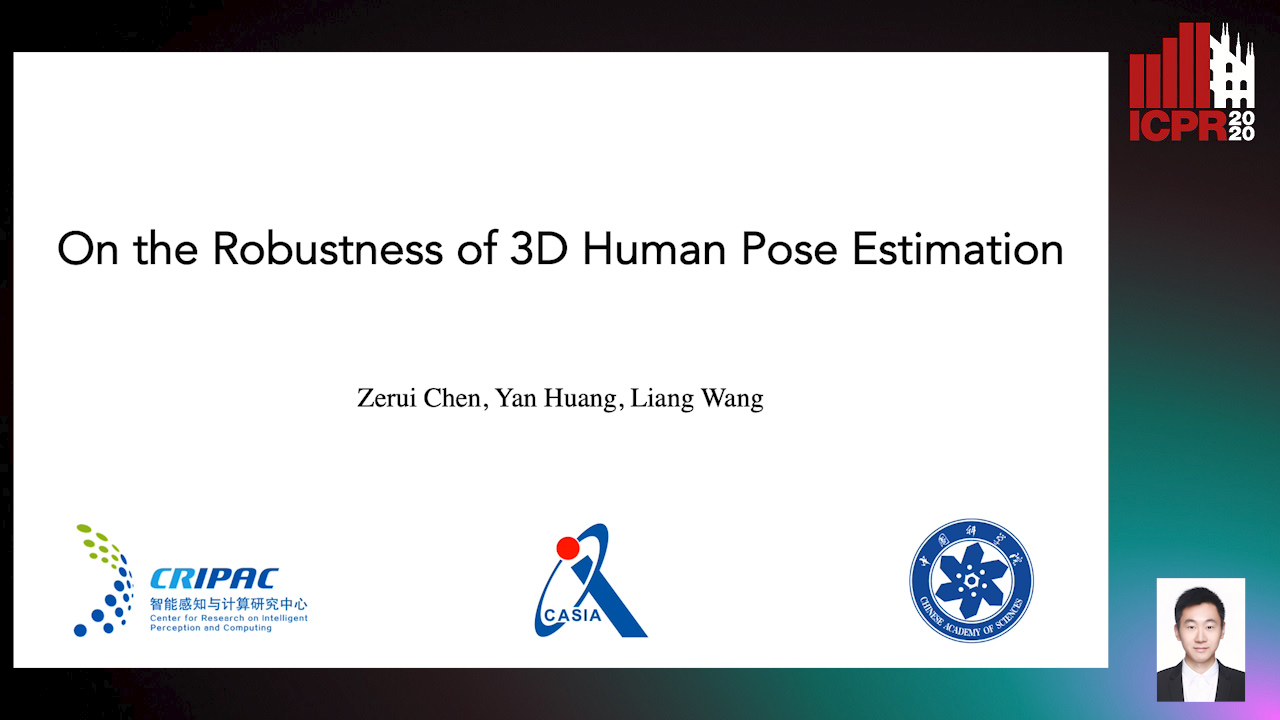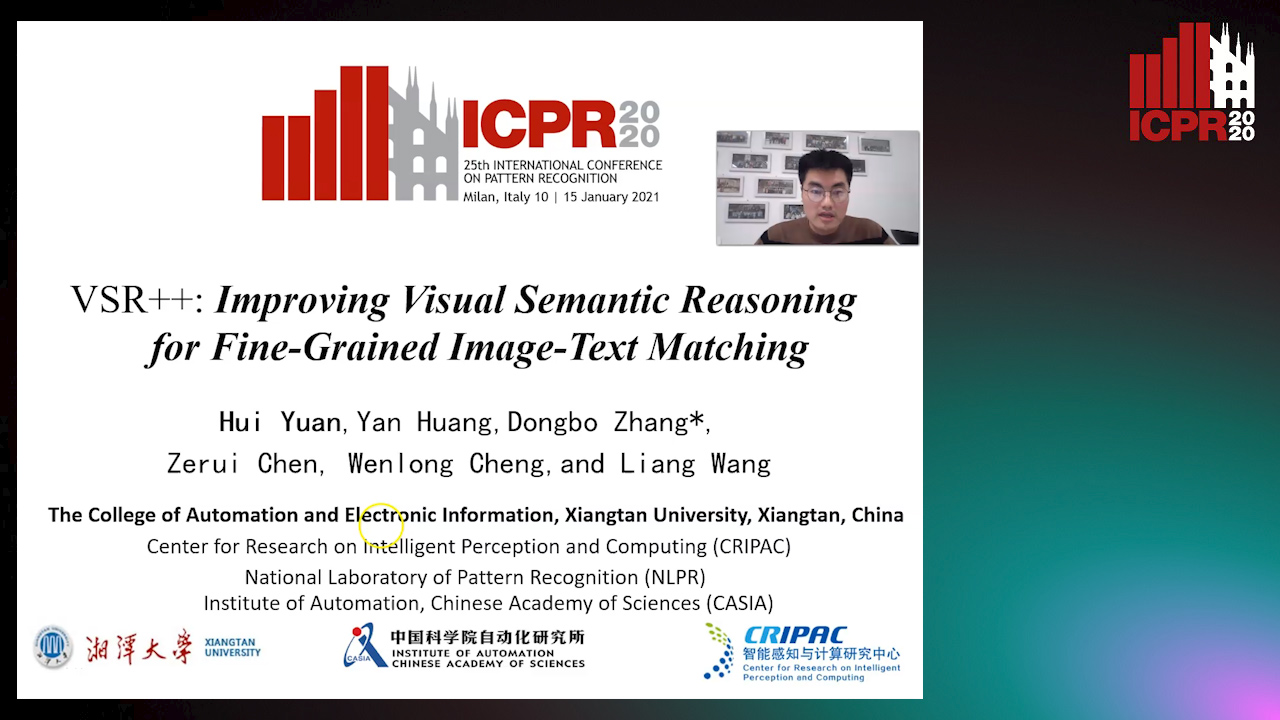Zerui Chen
Papers from this author
On the Robustness of 3D Human Pose Estimation
Zerui Chen, Yan Huang, Liang Wang

Auto-TLDR; Robustness of 3D Human Pose Estimation Methods to Adversarial Attacks
VSR++: Improving Visual Semantic Reasoning for Fine-Grained Image-Text Matching
Hui Yuan, Yan Huang, Dongbo Zhang, Zerui Chen, Wenlong Cheng, Liang Wang

Auto-TLDR; Improving Visual Semantic Reasoning for Fine-Grained Image-Text Matching
Abstract Slides Poster Similar